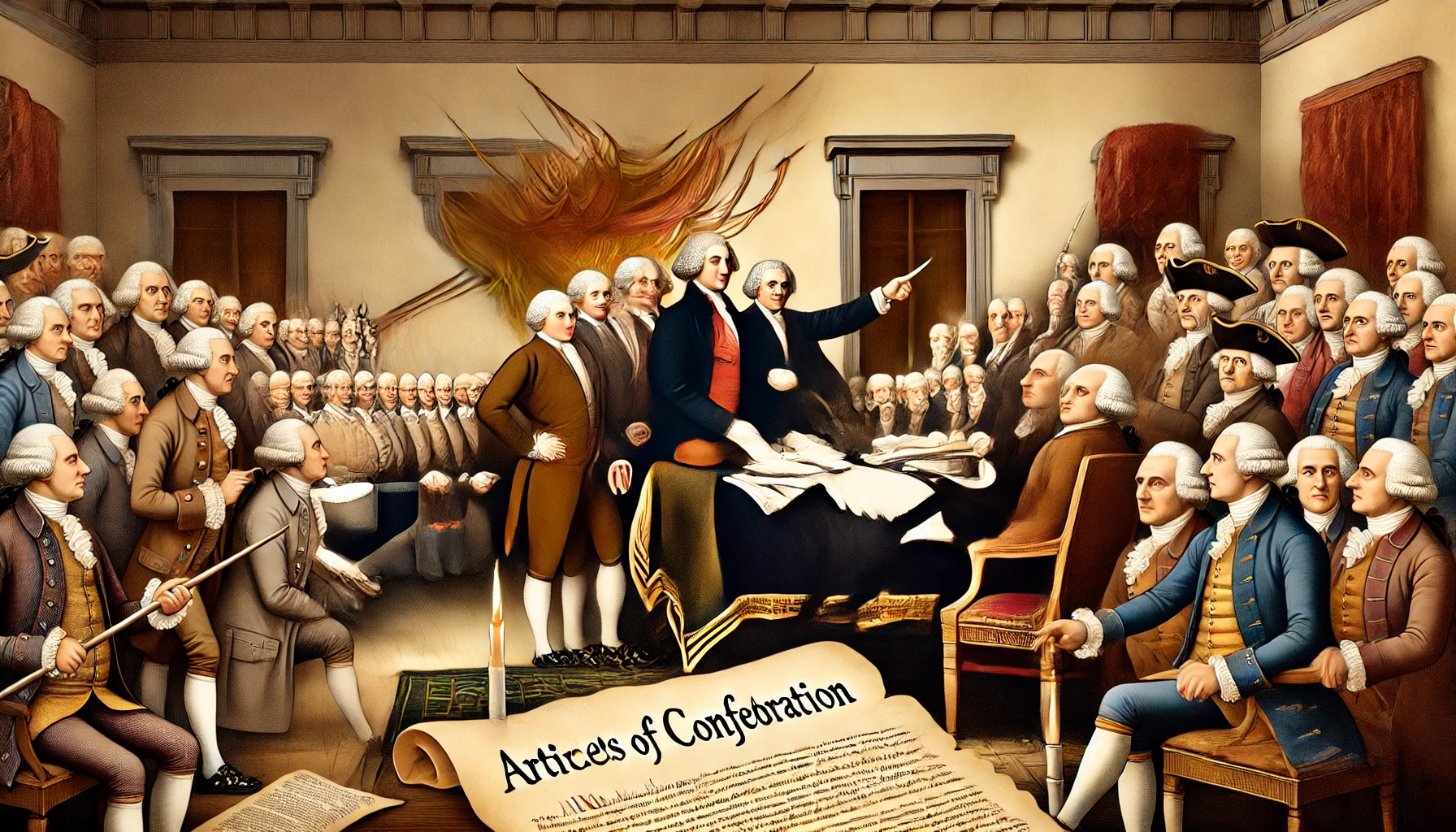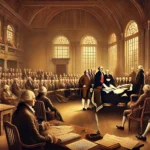Introduction
The Articles of Confederation laid the foundation for the first governing structure of the United States. However, its shortcomings hindered the nation’s ability to function effectively. Given the numerous challenges under this framework, the statement “true or false: the articles had many weaknesses” The government faced difficulties enforcing laws, raising revenue, and maintaining stability among states.
In this article, we will explore the weaknesses of the Articles of Confederation and their impact on shaping the U.S. Constitution.
What Were the Articles of Confederation?
The Articles of Confederation established a confederation among the thirteen original states. Ratified in 1781, they provided the legal framework for a decentralized government that placed power primarily in the hands of individual states. While it was a step toward unity, the system ultimately proved ineffective.
Key Features of the Articles of Confederation
- Created a loose alliance of independent states
- Congress was the sole governing body
- Each state had equal representation in Congress
- No executive or judicial branch
- Required unanimous agreement for amendments
Major Weaknesses of the Articles of Confederation
true or false: the articles had many weaknesses, which made governing inefficient. Below are some of the critical issues.
1. Lack of Power to Tax
One of the greatest flaws was Congress’ inability to impose taxes. The federal government depended on states for financial support, which was unreliable.
Consequences:
- Inadequate funds to pay debts
- Weak military defense
- No financial resources for national projects
2. Absence of an Executive Authority
There was no president or central leader to enforce laws or oversee governance.
Issues Caused:
- Congress could pass laws but lacked enforcement power
- No national leader during times of crisis
- Government decisions were often ignored by states
3. No National Judiciary System
Without a federal court system, disputes between states had no formal resolution process.
Problems Created:
- Interstate conflicts had no arbitration
- States interpreted laws differently
- Legal decisions lacked consistency
4. Unanimous Consent for Amendments
Changing the Articles was nearly impossible, as all states needed to agree.
Challenges:
- Delays in necessary reforms
- Difficulty adapting to new issues
- Frustration among political leaders
5. State Sovereignty Over National Authority
States had more power than the central government, leading to a fragmented system.
Negative Effects:
- States acted independently without national unity
- Congress had little control over state policies
- Weakened ability to address national concerns
6. No Control Over Interstate Commerce
The government had no authority to regulate trade between states, leading to economic instability.
Consequences:
- States imposed tariffs on each other
- Trade disputes increased
- Economic development slowed down
7. Inadequate National Defense
Without a centralized military, the government struggled to protect the nation.
Problems:
- Reliance on underfunded state militias
- Inability to respond to external threats
- Challenges in suppressing internal uprisings
The Impact of These Weaknesses
The flaws in the Articles of Confederation resulted in serious national challenges, including economic struggles, political discord, and weak national defense. Some key consequences were:
- Economic instability due to lack of funding
- Inefficient governance with no strong central authority
- Rising demands for constitutional reform, leading to the drafting of the U.S. Constitution
The U.S. Constitution: A Necessary Change
Delegates met in 1787 to draft a new constitution, recognizing the need for a stronger government. The new system replaced the Articles and established a more structured federal government.
Key Improvements in the U.S. Constitution
- Congress gained taxation power to raise revenue
- A strong executive branch was created (President)
- A national judiciary system ensured legal consistency
- Simplified amendment process for adaptability
- Federal authority over states to ensure unity
- Regulation of trade to promote economic stability
Conclusion
“True or False: The Articles Had Many Weaknesses” is TRUE. The Articles of Confederation lacked essential elements needed for an effective government. The government struggled to function without taxation power, a strong central authority, or a unified judicial system.
These weaknesses ultimately led to the creation of the U.S. Constitution, which established a more balanced and efficient governance structure. The lessons learned from this early system played a crucial role in shaping the United States as we know it today.



